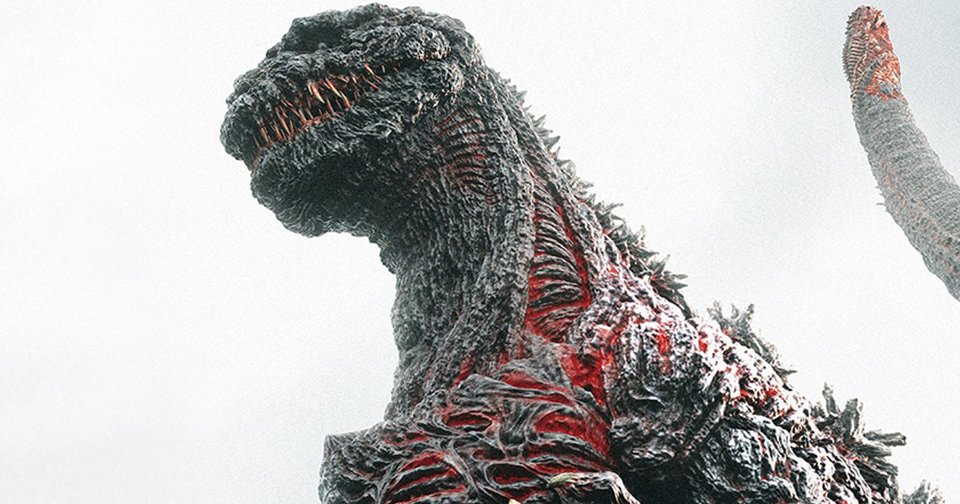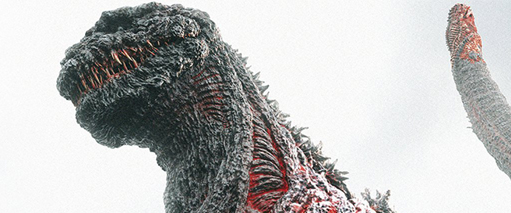Film Review: Shin Godzilla (Godzilla: Resurgence)
Godzilla Raids Again In Muscular Japanese Reboot


Mr. Godzilla.”
Latest Article|September 3, 2020|Free
::Making Grown Men Cry Since 1992


Mr. Godzilla.”